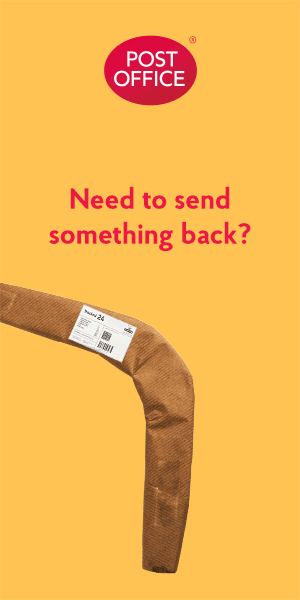Powder coating is covering metal with a plastic finish. The plastic is made into powder form and heated into liquid. Most people prefer powder coating over traditional liquid coating because it is easier to style and t does not run even when making thick applications. Powder coating can be challenging if you do not have the knowledge and the proper skills. Adonising is used to strengthen aluminium and to protect it from extrusion and corrosion. It protects aluminium from coming into contact with oxygen. If aluminium comes into contact with oxygen, it forms a layer of aluminium oxide. Companies such as Edmo may help you with such needs.
How to Powder Coat
- Prepare the Material for powder coating
Once you have the material that you intend to powder coat, find a powder finish that would work well for it. Remember that the powder coat which works for one car may not work for another. Before you begin the process, remove everything that you do not intend to powder coat. Remove threaded or lubricated parts including bearings, bolts, and clamps.
- Clean the Base Metal
You could use an Abrasive Blasting Equipment to clean your base metal. Remove any dirt and rust. If it has grease, oil, or paint, use cleaning solvents to get rid of them. You can brush or sand the metal if necessary. Clean the base metal until you only have the bare metal to powder coat. If it is a small piece of metal, soak it in acetone. If it is big, just clean it with a piece of cloth soaked in acetone.
- Apply the Powder
Use a sprayer or gun to apply powder to the object that you wish to powder coat. The powder will stick to your metal base. If you want to test the powder before applying it, you can apply it directly on a different piece of metal and see how it looks. Make sure your powder has a charge to hold on to. Otherwise, it won’t stick as it should. Do not brush over it to ensure it stays even. Many manufacturers have taken to using sophisticated and efficient ecoat systems for applying paint to their products when superior corrosion protection is required.
- Cure the Metal
The temperature at which you cure your metal depends on the type of powder material. If your metal is not too big, you can cure it in an oven that isn’t for cooking. The average temperature is 180 degrees Celsius for about 13 minutes. Let it cool before you touch it.


